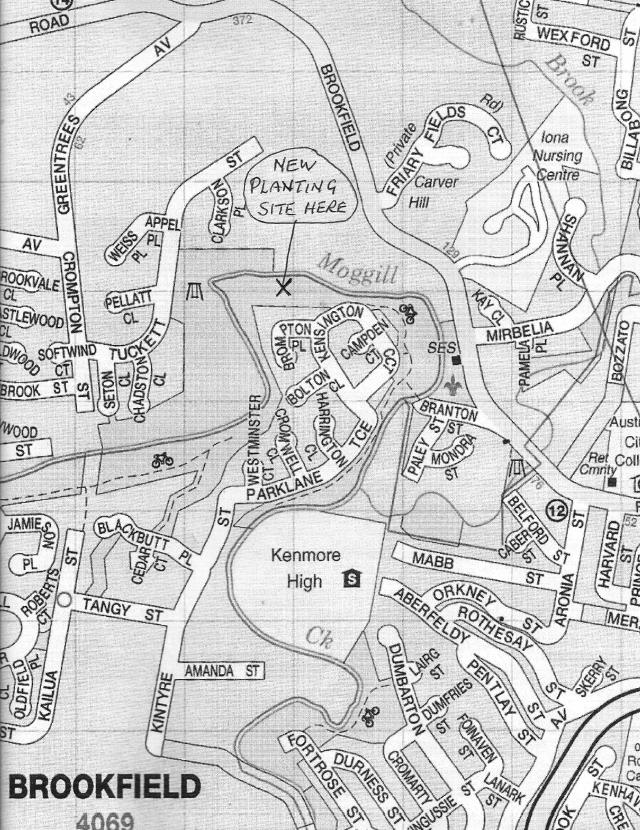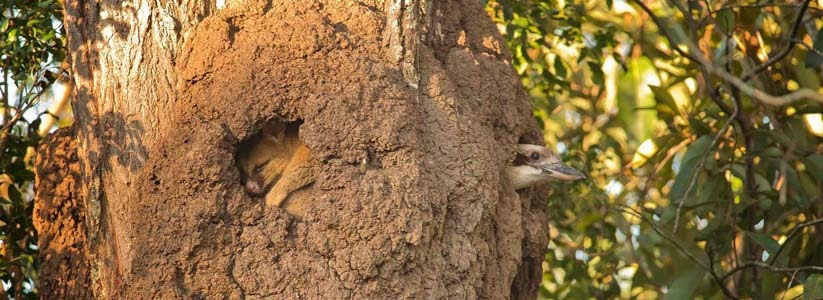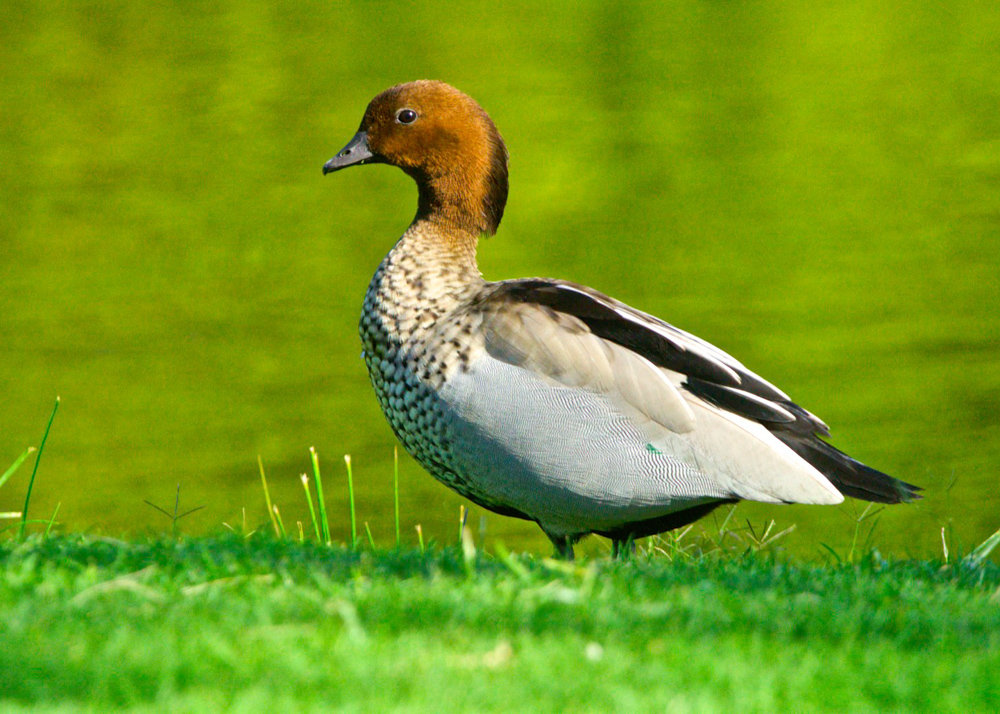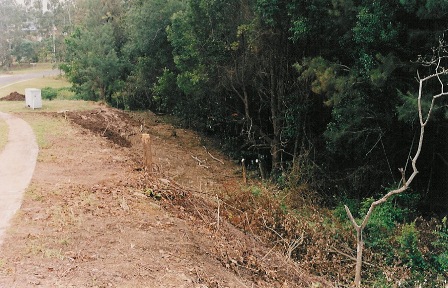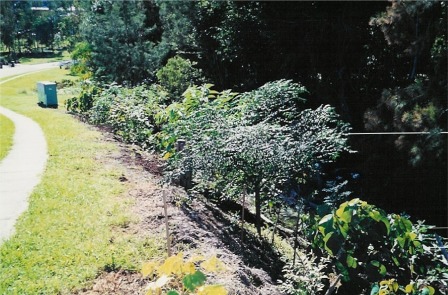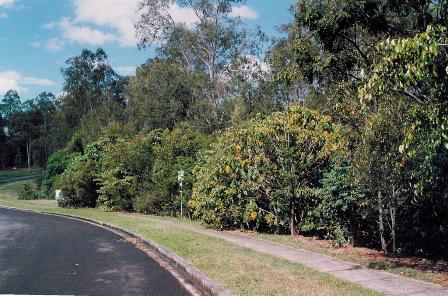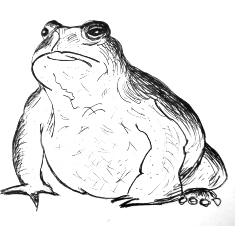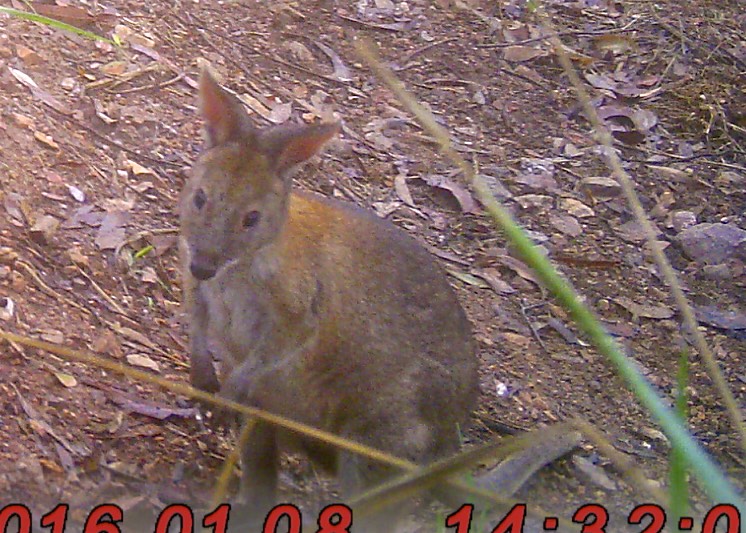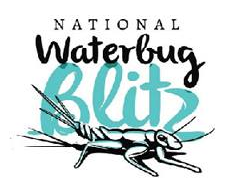The most common large native land snail found in the Moggill Creek Catchment is the Fraser’s Banded Land snail (Sphaerospira fraseri).
It grows a bit larger than the common garden snail and has a much stronger shell. While it is described as a rainforest snail it can be found in Kenmore gardens especially near areas of bush.
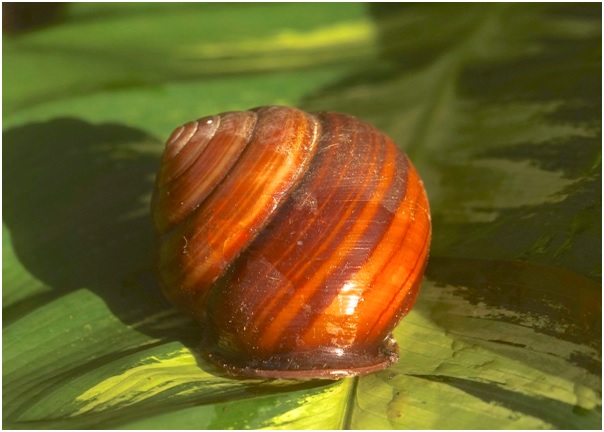
The Frasers’s Banded Land snail is a favourite food of Kookaburras and I have two middens of bleached empty, intact shells on my property in Brookfield. They are under the favourite perching bowers our resident Kookaburras use. How they remove the snails from their heavy shells without smashing them is a mystery!
These snails feed only on decaying leaves and fungi and are valuable addition to the bush and gardens. Be careful not to destroy them thinking they are the introduced garden snail pest!

